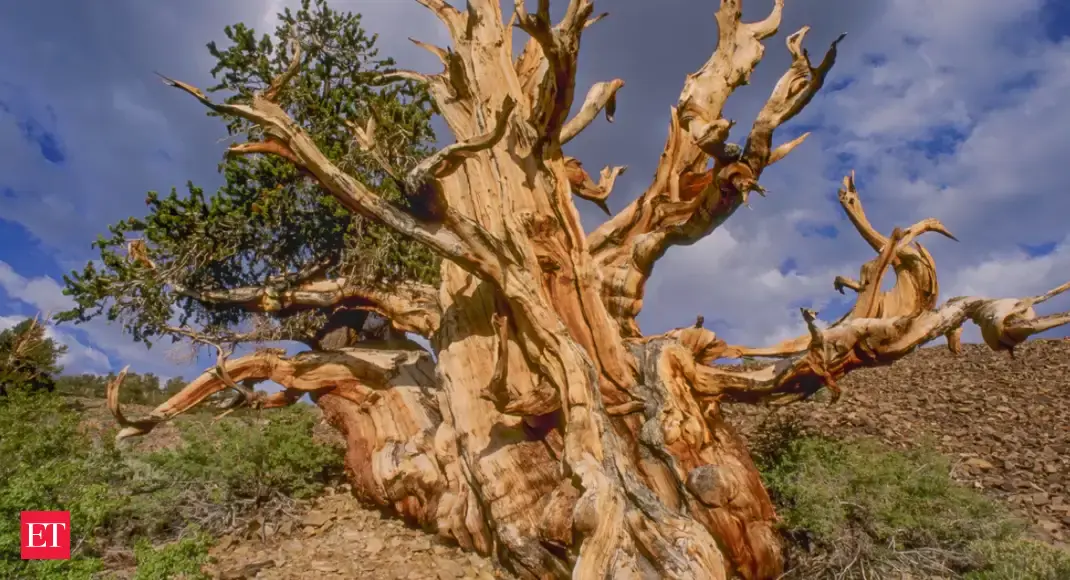

Across the globe, silent witnesses stand rooted in time, their existence predating empires and human milestones. These are the ancient trees, living time capsules that connect us to millennia past. Among them, some have even outlived the Roman Empire, their rings recording centuries of history.
One notable example is a small common juniper located in Finnish Lapland. This tree has been standing for an incredible 1,647 years. Its birthdate traces back to 378 AD, placing its origin firmly within the Roman Empire. What makes this juniper particularly remarkable is its modest size; with a trunk measuring only 10 centimeters in diameter, it defies the expectation that ancient trees must be towering giants. Researchers at the University of Padua, including forest ecologist Marco Carrer, identified it as not only the oldest tree in Europe but also the oldest known to have originated during the Roman Empire.
Another ancient tree is Methuselah, a Great Basin bristlecone pine (Pinus longaeva) residing high in the White Mountains of California. Methuselah is over 4,800 years old, making it the world's oldest confirmed non-clonal tree. This means it grows as a single individual, unlike clonal colonies where multiple stems share a single root system. Methuselah's life began before the pyramids were built in Egypt, and it has persevered through dramatic climate shifts and the rise and fall of numerous civilizations.
The story of Methuselah's discovery adds another layer of intrigue. Dendrochronologist Edmund Schulman, while searching for ancient trees in the 1950s, stumbled upon the White Mountains and its remarkable grove of old pines. Using an increment borer, a tool that extracts a core sample without harming the tree, Schulman counted at least 4,789 growth rings, establishing Methuselah's extraordinary age.
The exact location of Methuselah is kept a closely guarded secret to protect it from vandals and an excess of human interference. However, the story of another bristlecone pine, named Prometheus, serves as a cautionary tale. Prometheus, which lived in Nevada, was believed to be even older than Methuselah. Unfortunately, in 1964, a graduate student and U.S. Forest Service personnel, while conducting research, cut down Prometheus.
Trees like the Finnish juniper and Methuselah embody resilience and longevity. They offer a unique perspective on time, dwarfing human lifespans and historical events. They have silently weathered storms, droughts, and human activities, continuing to grow and adapt. These ancient sentinels remind us of the interconnectedness of life and the importance of preserving our natural heritage. While empires have crumbled and civilizations have transformed, these trees stand as testaments to the enduring power of nature.